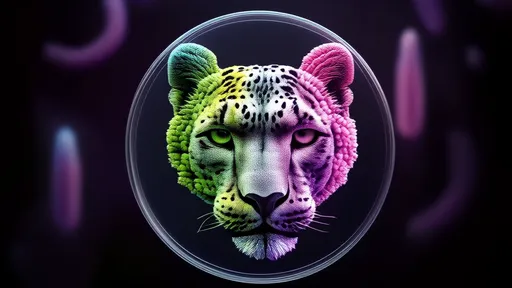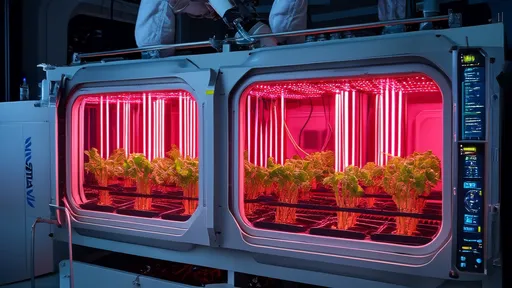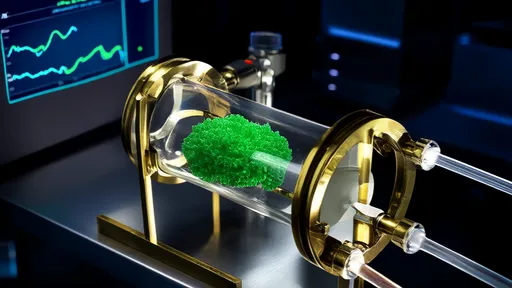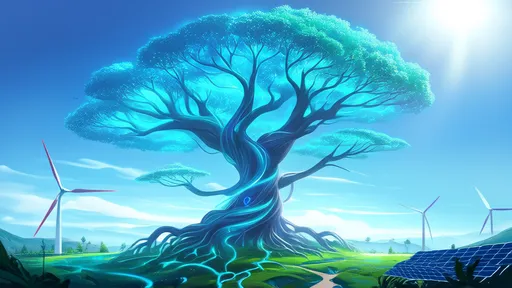The debate surrounding genetically modified organisms (GMOs) has been a contentious one for decades, with passionate arguments on both sides. Among the most alarming claims is the idea that GMOs could lead to the extinction of certain species—a notion that has spread like wildfire through anti-GMO circles. But how much truth is there to this fear? To separate fact from fiction, we delve into the science, the myths, and the real-world implications of genetically modified crops and their impact on biodiversity.
The Origins of the "GMO Extinction" Myth
The idea that GMOs could drive species to extinction seems to stem from a combination of misunderstanding and sensationalism. One of the earliest and most cited examples involves the monarch butterfly. A 1999 study suggested that pollen from genetically modified Bt corn could harm monarch caterpillars when dusted onto milkweed, their primary food source. This study, though later criticized for its unrealistic conditions, sparked widespread panic. Headlines declared that GMOs were "killing off" monarchs, despite subsequent research showing that Bt corn posed minimal risk in real-world scenarios.
Another layer to this myth comes from the concept of "gene flow"—the transfer of genes from GMO crops to wild relatives. Critics argue that this could create "superweeds" or invasive species that outcompete native plants, leading to ecological collapse. While gene flow does occur, the leap to species extinction is a dramatic oversimplification. Most wild relatives of crops are not threatened by this phenomenon, and the few cases where hybridization occurs rarely result in ecological disaster.
The Science Behind GMOs and Biodiversity
To assess whether GMOs truly threaten species, it’s essential to understand how they interact with ecosystems. Unlike invasive species, which spread uncontrollably, GMO crops are typically designed with specific traits like pest resistance or herbicide tolerance. These traits are carefully regulated and tested before approval. For instance, Bt crops produce a protein toxic to certain insects but harmless to others, including pollinators like bees. Studies have consistently shown that when used responsibly, Bt crops reduce the need for broad-spectrum insecticides, which are far more damaging to biodiversity.
Moreover, the claim that GMOs reduce genetic diversity in crops doesn’t hold up under scrutiny. While it’s true that modern agriculture relies on a limited number of high-yielding varieties, this trend predates GMOs. In fact, genetic engineering can increase diversity by enabling the reintroduction of lost traits or the development of new varieties tailored to specific environments. For example, researchers are using CRISPR to revive disease-resistant traits in nearly extinct heirloom crops.
Real-World Evidence vs. Alarmist Predictions
If GMOs were truly causing extinctions, we’d expect to see evidence in regions where they’re widely adopted. Yet, the opposite appears true. In countries like the U.S. and Brazil, where GMO crops dominate, biodiversity metrics haven’t shown the catastrophic declines predicted by anti-GMO activists. Monarch butterfly populations, for instance, fluctuate due to factors like habitat loss and climate change—not Bt corn. Similarly, fears that herbicide-tolerant crops would decimate wild plants have been overstated. Weeds evolve resistance to herbicides regardless of whether the crops are GMO or conventional, a problem managed through integrated pest management.
One often-overlooked factor is the role of GMOs in reducing agriculture’s environmental footprint. By boosting yields on existing farmland, GMOs can lessen the pressure to convert wild habitats into cropland—a major driver of species extinction. A 2017 meta-analysis found that insect-resistant GMOs increased yields by 25% while reducing pesticide use by 37%. Fewer chemical sprays mean healthier soil microbiomes and less collateral damage to non-target species.
The Bigger Picture: Misinformation and Its Consequences
Why does the "GMO extinction" myth persist despite evidence to the contrary? Part of the answer lies in the viral nature of fear-based narratives. A 2018 study in Science Communication found that misinformation about GMOs spreads six times faster than factual corrections on social media. This asymmetry creates a perception of risk where little exists, diverting attention from genuine threats to biodiversity like deforestation and overfishing.
Another issue is the conflation of corporate practices with the technology itself. Critics rightly condemn Monsanto’s aggressive patent enforcement or the overuse of glyphosate, but these are problems of regulation and capitalism—not inherent to genetic engineering. By lumping these concerns together, the public is often left with the impression that GMOs are uniformly harmful, when in reality, the technology is a tool whose impact depends on how it’s used.
Moving Forward: A Balanced Approach
The "GMO extinction" narrative obscures more nuanced discussions about sustainable agriculture. Rather than banning the technology outright, a smarter approach would focus on improving regulatory frameworks, promoting agroecological practices, and investing in public-sector GMOs designed for smallholder farmers. Golden Rice, engineered to combat vitamin A deficiency, exemplifies how genetic modification could prevent human suffering without harming ecosystems.
As climate change accelerates, we’ll need every tool at our disposal to adapt food systems without further eroding biodiversity. Demonizing GMOs based on myths won’t help. Instead, we should demand transparent research, responsible innovation, and policies that weigh risks against benefits—not just for monarch butterflies, but for the billions of people who depend on resilient crops.

By /Aug 7, 2025

By /Aug 7, 2025

By /Aug 7, 2025

By /Aug 7, 2025

By /Aug 7, 2025

By /Aug 7, 2025

By /Aug 7, 2025

By /Aug 7, 2025

By /Aug 7, 2025

By /Aug 7, 2025

By /Aug 7, 2025

By /Aug 7, 2025

By /Aug 7, 2025

By /Aug 7, 2025

By /Aug 7, 2025

By /Aug 7, 2025

By /Aug 7, 2025

By /Aug 7, 2025

By /Aug 7, 2025

By /Aug 7, 2025